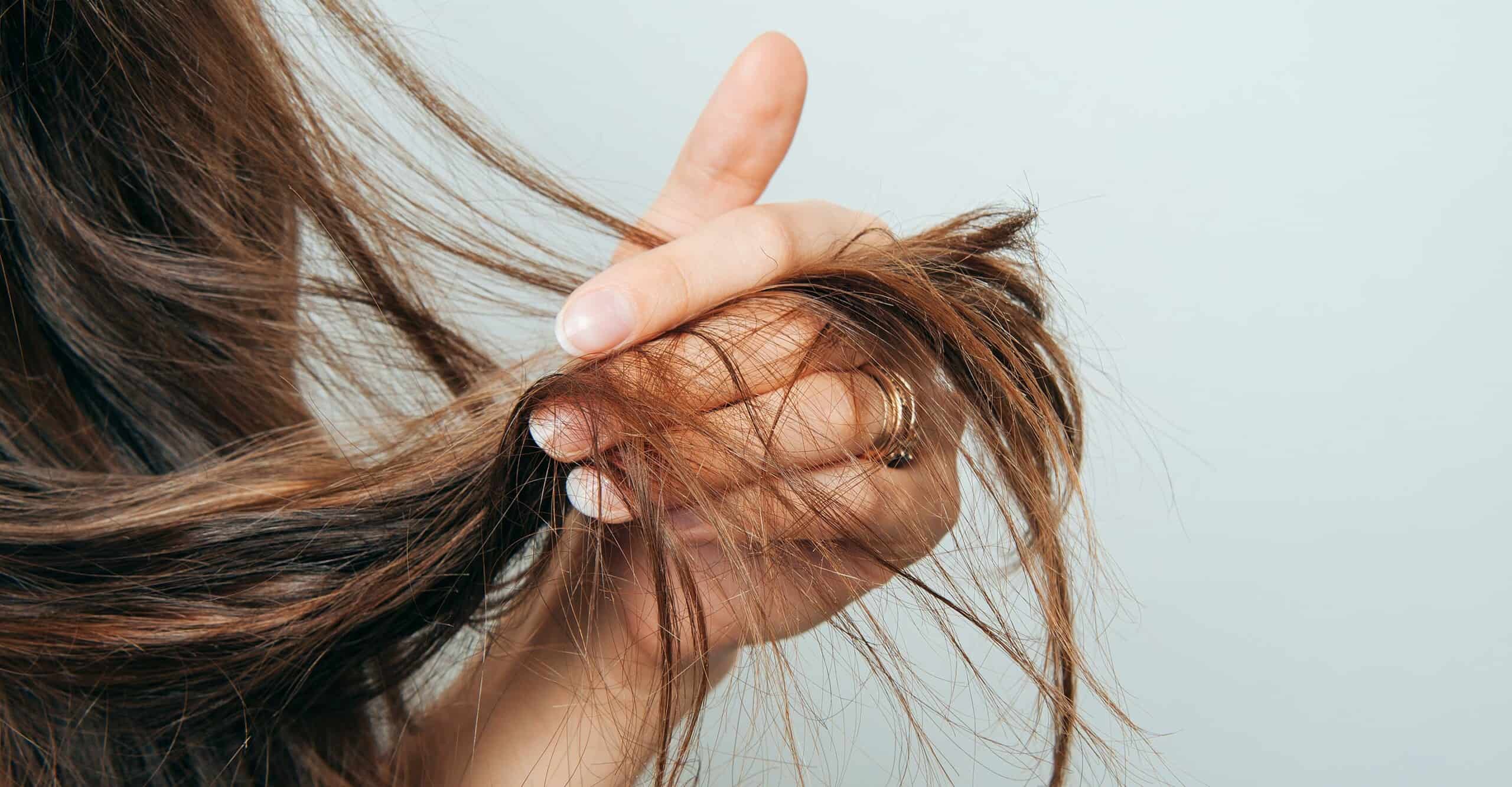Taper vs. Fade: What To Know Before Your Next Cut
Tapers and fades are common cuts that many request at barbershops. Lots of people, even barbers, use these names interchangeably. Both of these cuts look similar at a glance and involve cutting the hair short down the back and sides of the head.
Understanding the differences between these cuts is the key to communicating with your barber and getting the look you want. We’ll explain the main differences between the taper vs. fade and give some examples of each cut.
What’s The Difference Between a Taper vs. Fade?
A tapered cut changes the hair’s length more gradually than a fade. Tapers aren’t as dramatic as fades, are evenly cut, and typically leave hair longer on the top and sides compared to a fade. The best cut for you depends on your face shape, style, and the look you want. We’ll go in-depth on both cuts below so you can see some examples.
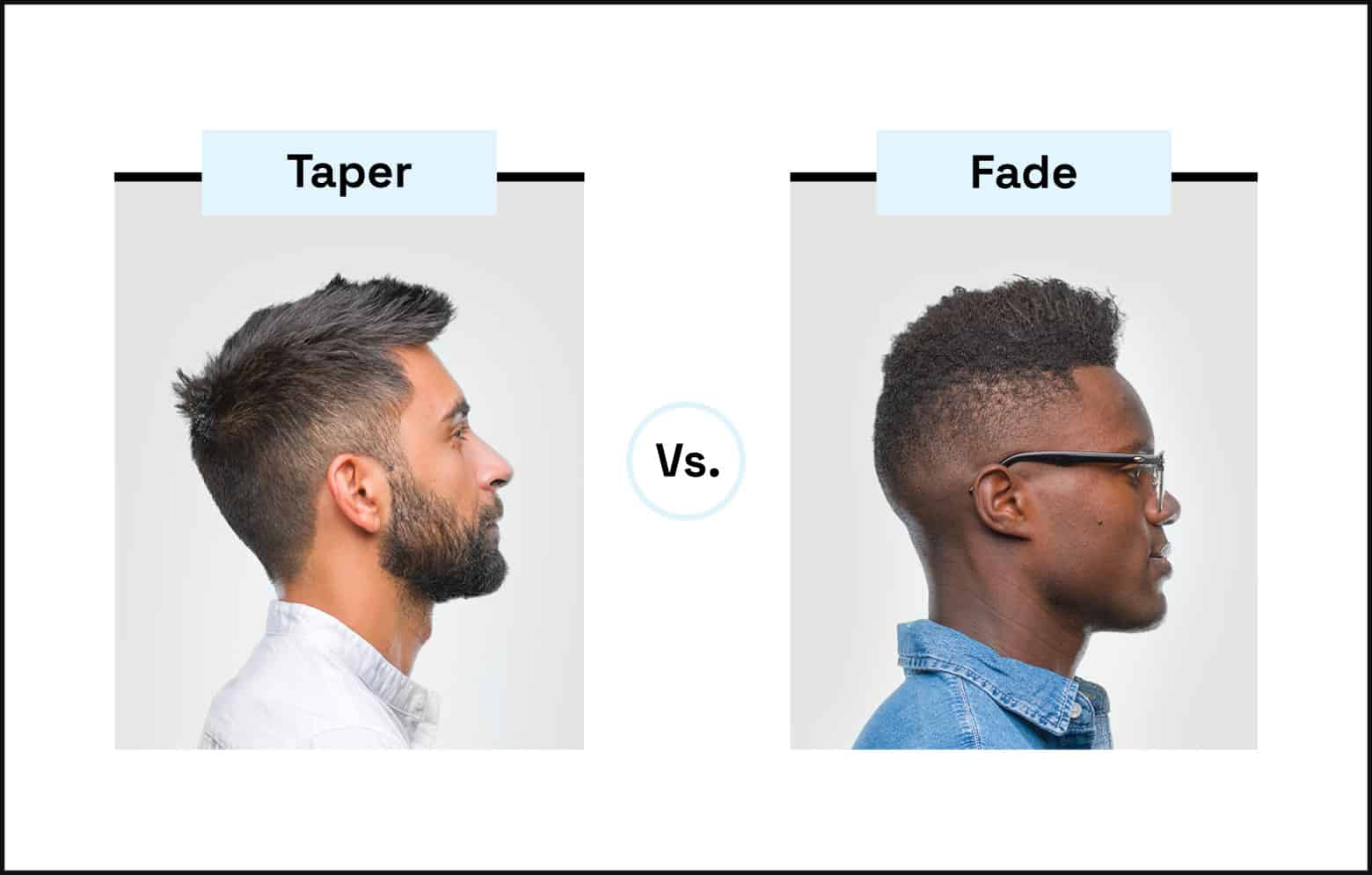
What Is a Taper?
A taper is a cut that leaves your hair long at the top and short on the sides. Hair gradually gets shorter as you move down the back and sides of your head. Your hairline has the shortest part of your hair. Hair is evenly cut as it gets shorter, giving your hair a clean finish.
Tapers are great if you want a classic look that doesn’t leave your hair too short. This cut also gives you room to try different styles as your hair grows out. Lots of hairstyles also incorporate a taper, so you may end up with one without asking. Below are some examples of different types of tapered cuts.
Low Taper

A low taper is a cut that starts to get short above the ears. This cut gives your hairline a clean look without cutting off too much length. It’s also a great choice if you don’t want to expose your scalp. Go with a simple low taper for a posh, everyday look.
High Taper

A high taper shortens hair a couple inches above the ears. The cut creates more contrast than a low taper. It’s also commonly paired with other cuts like comb overs and modern high tops to add visual contrast.
Tapered Neckline

A taper or a fade can include a tapered neckline. Your neckline’s cut adds even more personality to your hair. You can get a design, disconnect, or a classic neckline shape. A tapered neckline will look the most natural when it grows out. Rounded or blocked necklines require some maintenance to keep their shape.
Skin Taper
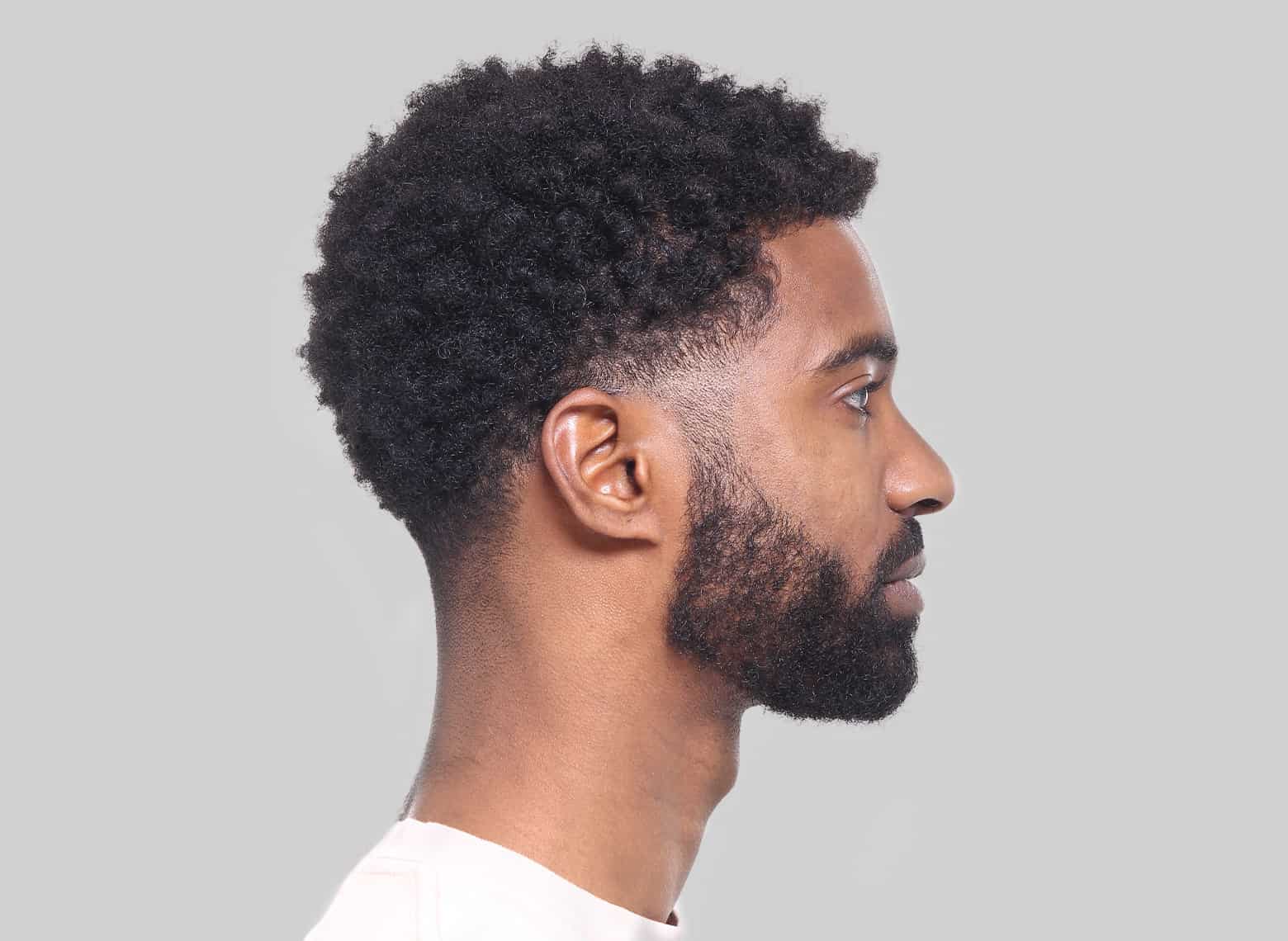
A skin taper is when the scalp is visible because hair is shaved close to the skin. You can get a skin taper with other cuts and other tapers. For example, you can get a high taper that tapers into the skin. It’s a practical cut to keep hair off your face when the weather warms up. A skin taper is also an easy way to spice up any cut.
What Is a Fade?
A fade is a cut that also has hair go from long to short, but normally goes very short towards the bottom and fades into the skin. A typical fade gradually changes hair length all around your head. The change from long to short looks more dramatic with a fade than with a taper. Fades are also incorporated into many other haircuts. Fades are perfect if you’re looking for a fresh, clean look.
Low Fade

A low fade looks similar to a low taper since they both start above the hairline. The major difference is that a fade abruptly changes hair lengths. Low fades add extra flair to a simple crew cut or a buzz cut.
Drop Fade

Drop fades are perfect when you want to steer away from the classic fade. A drop fade is a fade that drops below the ears and follows the shape of your head. This cut requires some maintenance to keep up the contrast as it grows out. You can do some at-home fade maintenance when you’re in between appointments.
Skin Fade
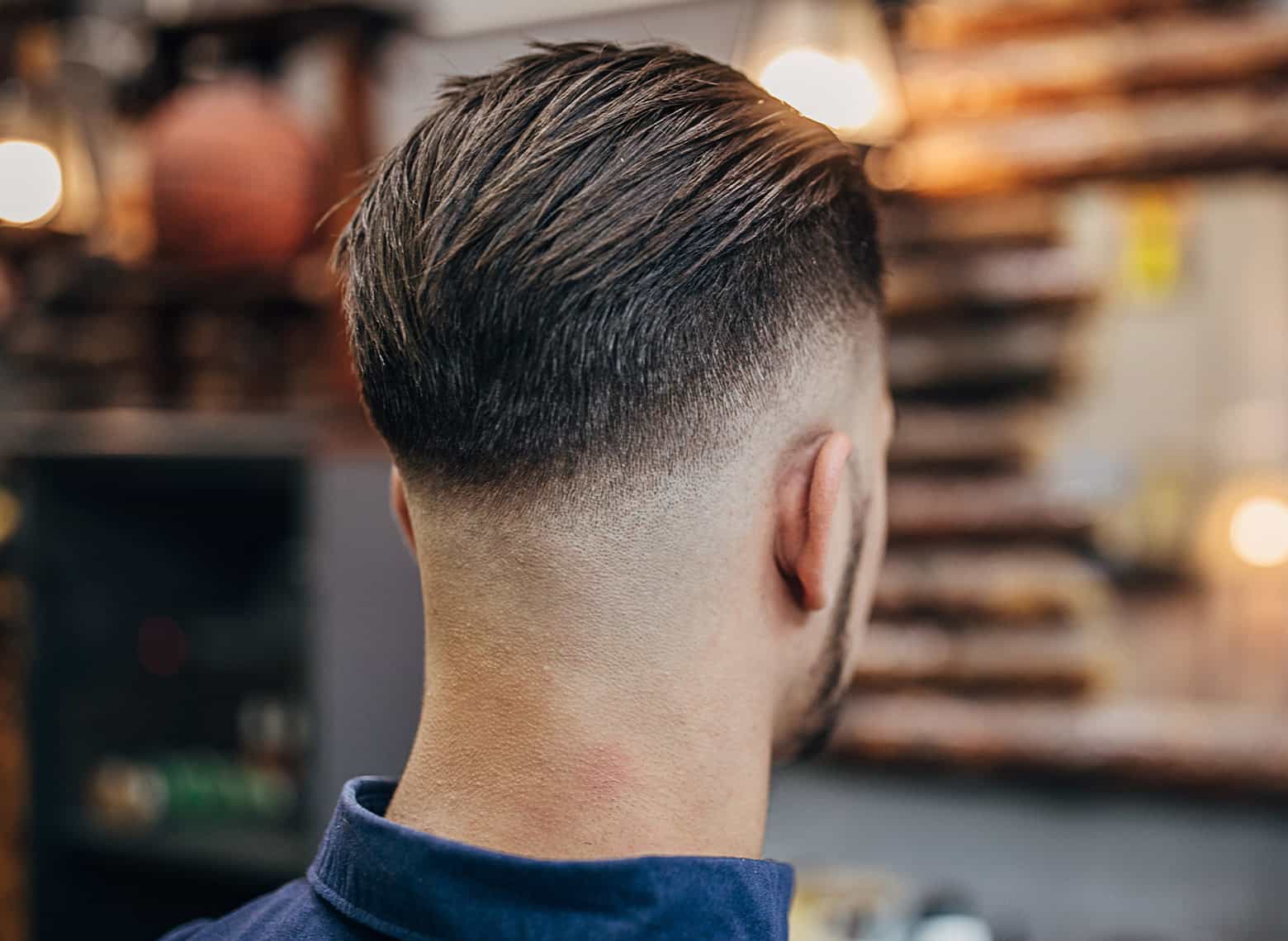
A skin fade is also known as a bald fade. Like the skin taper, the skin fade shaves hair close to the skin, stopping before the natural hair line. You can get a skin fade while keeping the top of your hair long enough for a quiff or a pompadour. Skin fades also look great with short cuts if you aren’t a fan of styling your hair every day.
Undercut Fade
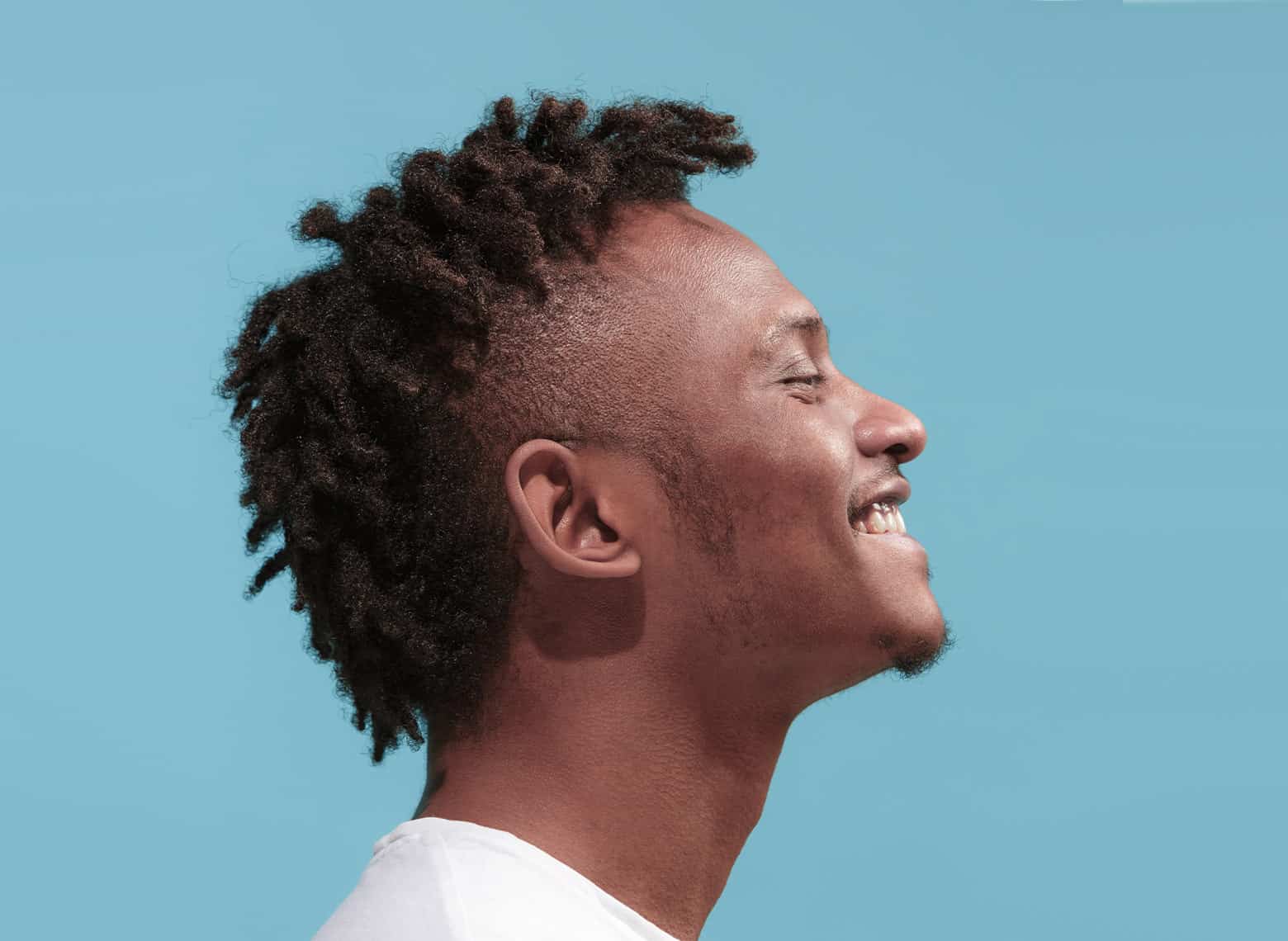
Undercut fades feature a blurry fade that’s normally cut high above your ears. This style looks especially great with long hair since you can show off the length differences. A hard part or disconnected cut adds some edge to more classic looks, like the ivy league cut.
Faux Hawk Fade
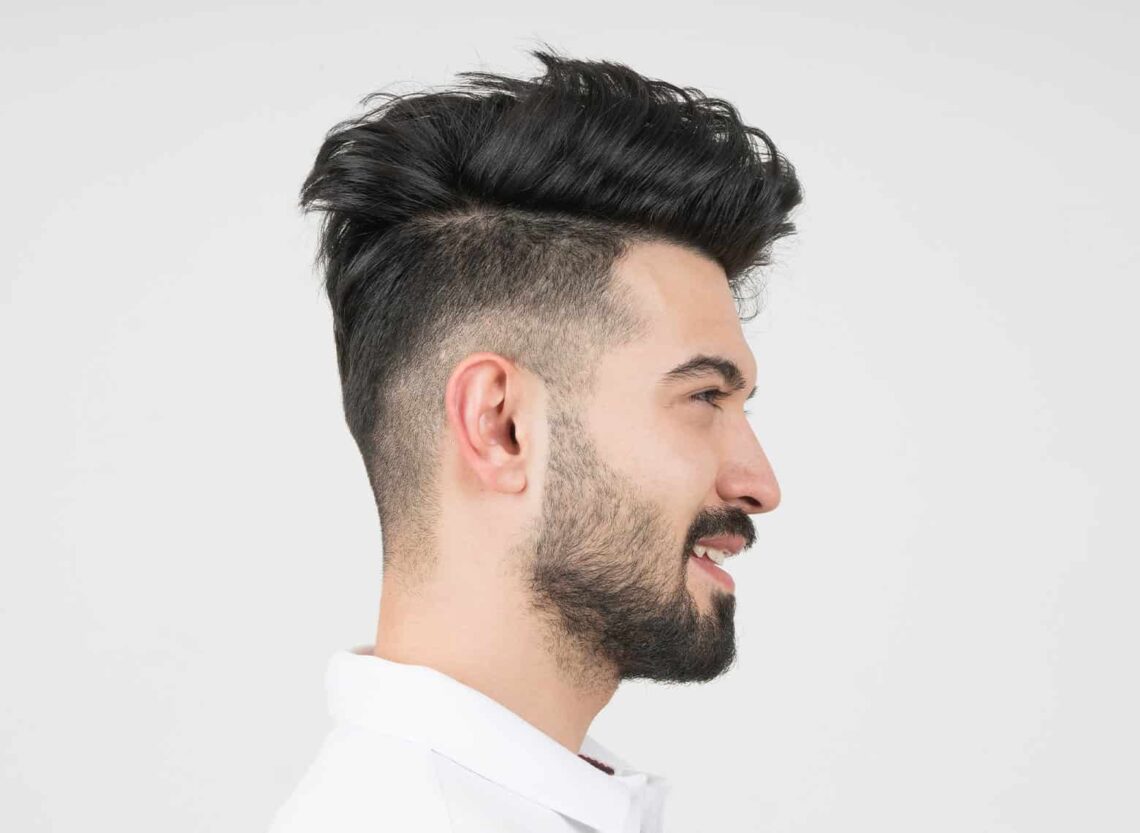
Faux hawks and mohawks differ based on the length of hair left on the sides of the head. A mohawk has fully shaved sides while a faux hawk keeps some hair on the sides. A faux hawk fade will definitely stand out because of its subtle height and length contrast. This style with tapered cut is the route to go if you want something more subtle but still stylish.
High Fade

The high fade gives a fresh take to any style. A high fade starts a couple of inches above the ear and gets shorter as you go down. It also gives your barber lots of room to add designs. If you want to keep things simple, you can opt to keep the top short.
What Is a Taper Fade?
A taper fade is a barber term that popped up when people started to mix up tapers and fades. This isn’t a specific haircut or style. Your barber will probably give you a taper if you ask for this style, so it’s better to come to your appointment with a few photos to show them what you want.
Fade Comb Over
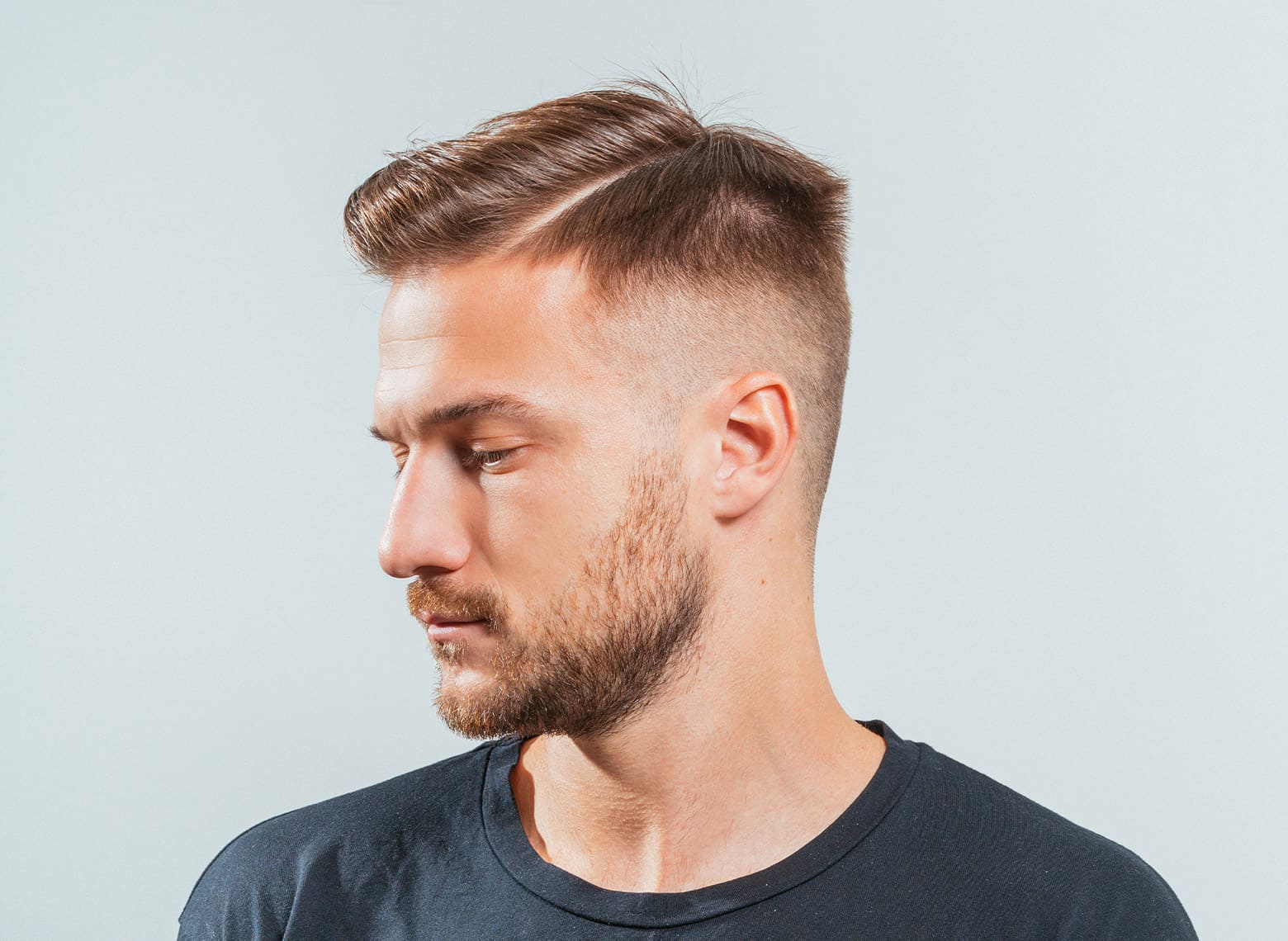
Comb overs were previously a practical style people used to cover up thinning hair. Today, a comb over is a fashionable cut that’s flattering for everyone. There are lots of variations you can try that have different lengths and shapes. The fade comb over has a clean look that looks great with facial hair.
Tapers and fades are both great styles to get for your next haircut. Start looking through photos to see what you’d like to try. Once you’ve narrowed down a few looks, find a local barber to get their opinion. They can take a look at your picks and give you advice on the cut that works best for you.

